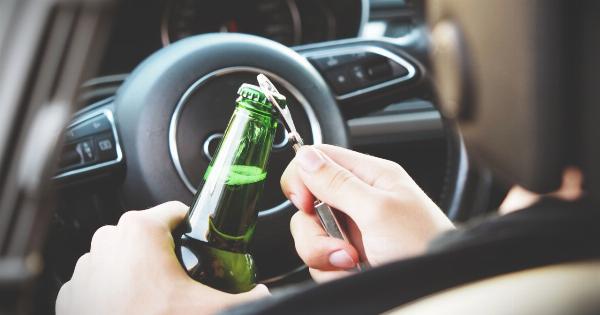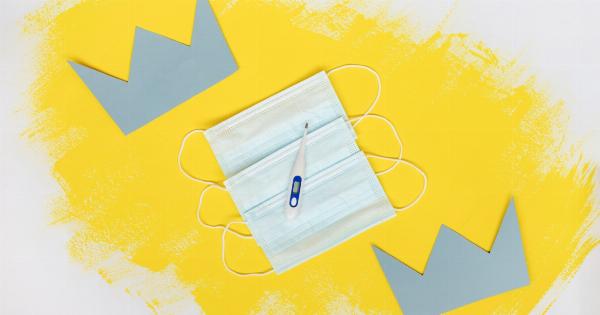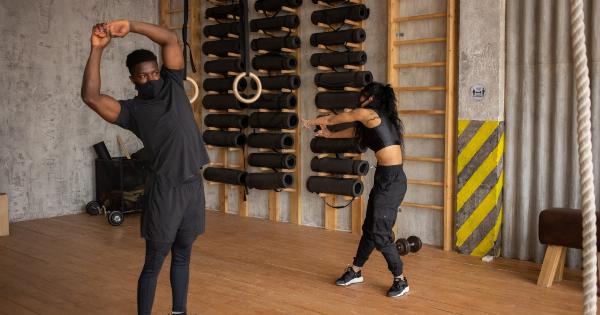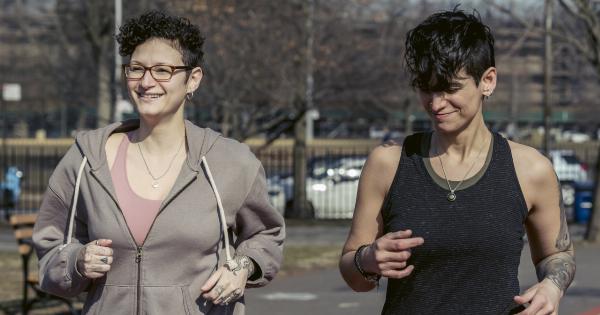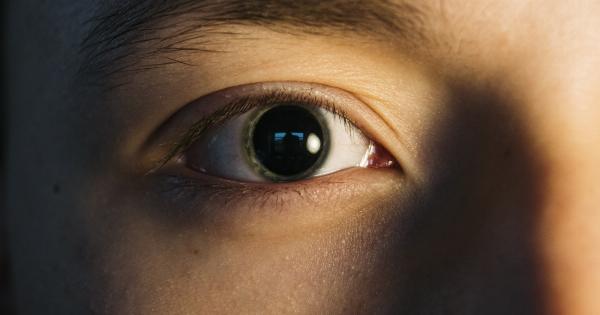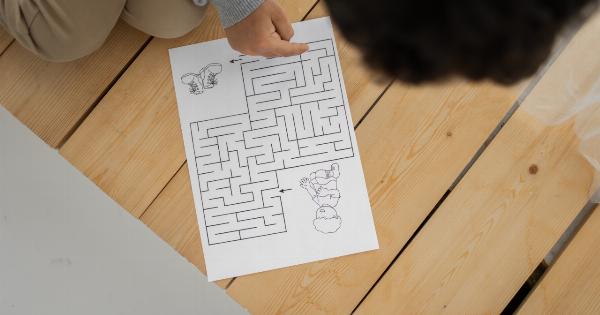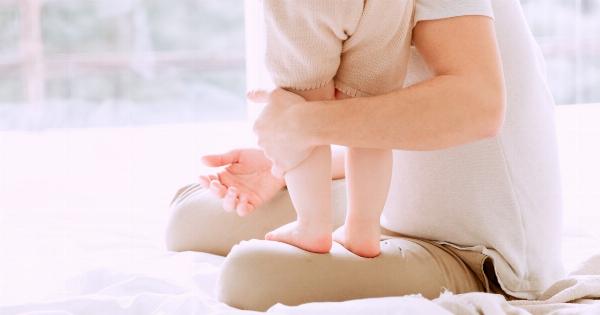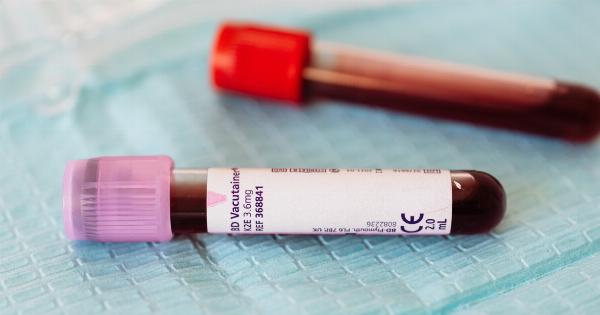When it comes to parenting, there are always new concerns and questions that arise. One common dilemma many parents face is whether or not it is safe to let their baby sleep in a car seat.
While it may seem convenient and even soothing for the baby, there are actually several risks involved with allowing a baby to sleep in a car seat for an extended period of time. In this article, we will explore these risks in detail and provide recommendations for safe sleeping practices for your little one.
1. Increased Risk of Suffocation
One of the most significant risks associated with letting your baby sleep in a car seat is the increased likelihood of suffocation. When a baby is placed in a semi-reclined position in a car seat, their head may slump forward, obstructing their airway.
This can lead to a decrease in oxygen levels and potentially cause suffocation or other respiratory issues. It is crucial to ensure that your baby’s airway remains open and unobstructed while they are sleeping.
2. Incorrect Alignment of the Spine
Car seats are designed with the primary purpose of ensuring the safety of infants during travel. While they provide adequate support in a vehicle, car seats are not designed for long periods of sleep.
When a baby falls asleep in a car seat, their spine may be positioned in a way that is not aligned correctly. This can lead to discomfort, muscle strain, and potential developmental issues. It is important to prioritize proper spinal alignment to support your baby’s healthy growth and development.
3. Increased Risk of Temperature Regulation Issues
Car seats are not designed to regulate a baby’s body temperature during sleep. When a baby sleeps in a car seat for an extended period, they may be at an increased risk of overheating or becoming too cold.
This can be particularly problematic during hot summer months or cold winter days. It is essential to provide an appropriate sleep environment that allows your baby to maintain a comfortable body temperature throughout their sleep.
4. Higher Risk of Injury in the Event of a Car Accident
Car accidents can happen unexpectedly and pose serious risks to both adults and infants. When a baby is sleeping in a car seat during a collision, their position may not provide sufficient protection or stability.
In such cases, the impact can cause significant injuries to the baby’s head, neck, or spine. It is recommended to transfer your sleeping baby to a safer sleep surface as soon as possible after arriving at your destination to minimize the risk of injury during travel.
5. Restricted Blood Flow
Extended periods of time spent in a car seat can potentially restrict blood flow to your baby’s extremities. This can lead to discomfort, numbness, or even a tingling sensation.
Restricted blood flow can also affect your baby’s overall circulation, which is essential for their growth and development. Allowing your baby to sleep in a car seat for too long can impede proper blood circulation, and it is important to give them regular breaks from being in a seated position.
6. Risk of Developing Flat Head Syndrome
Letting your baby sleep in a car seat for extended periods can increase the risk of developing positional plagiocephaly, commonly known as flat head syndrome.
The semi-reclined position in a car seat can exert pressure on specific areas of your baby’s skull, leading to a misshapen head. It is crucial to provide your baby with regular opportunities to change positions and minimize the risk of developing this condition.
7. Potential Disruption of Sleep Patterns
A baby’s sleep patterns are delicate and can easily be disrupted. Allowing your baby to sleep in a car seat outside of the car may lead to confusion and inconsistency in their sleep routine.
This can result in difficulties in falling asleep or staying asleep in other settings, making bedtime routines a challenge. Establishing a consistent sleep environment is crucial for healthy sleep habits and overall well-being.
8. Risk of Strangulation
Car seats come equipped with straps and buckles to ensure your baby’s safety during travel. However, when a baby sleeps in a car seat for an extended period, the straps may loosen or twist, posing a risk of strangulation.
It is essential to periodically check the tightness and alignment of the straps to prevent any potential harm.
9. Increased Risk of Acid Reflux
Many babies suffer from gastroesophageal reflux disease (GERD) or acid reflux, which can cause discomfort and disrupt their sleep. Allowing your baby to sleep in a car seat can exacerbate the symptoms of acid reflux due to the semi-reclined position.
It is crucial to maintain a more upright position after feeding to reduce the risk of acid reflux episodes during sleep.
10. Impaired Brain Development
Extended periods of time spent in a car seat can restrict your baby’s movement and limit their opportunities for active exploration and development.
Babies thrive on sensory experiences and physical interaction with their environment to develop crucial cognitive and motor skills. It is essential to provide them with ample floor time and supervised tummy time to support their brain development.
Conclusion
While it may seem convenient to let your baby sleep in a car seat, it is essential to be aware of the risks involved.
The potential dangers include increased risk of suffocation, improper spinal alignment, temperature regulation issues, potential injuries during car accidents, restricted blood flow, flat head syndrome, disrupted sleep patterns, and the risk of strangulation. To ensure your baby’s safety and well-being, it is recommended to transfer them to a suitable sleep surface as soon as possible after arriving at your destination.
Prioritize a sleep environment that supports proper spinal alignment, maintains a comfortable body temperature, and promotes healthy sleep patterns for your little one.

